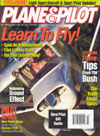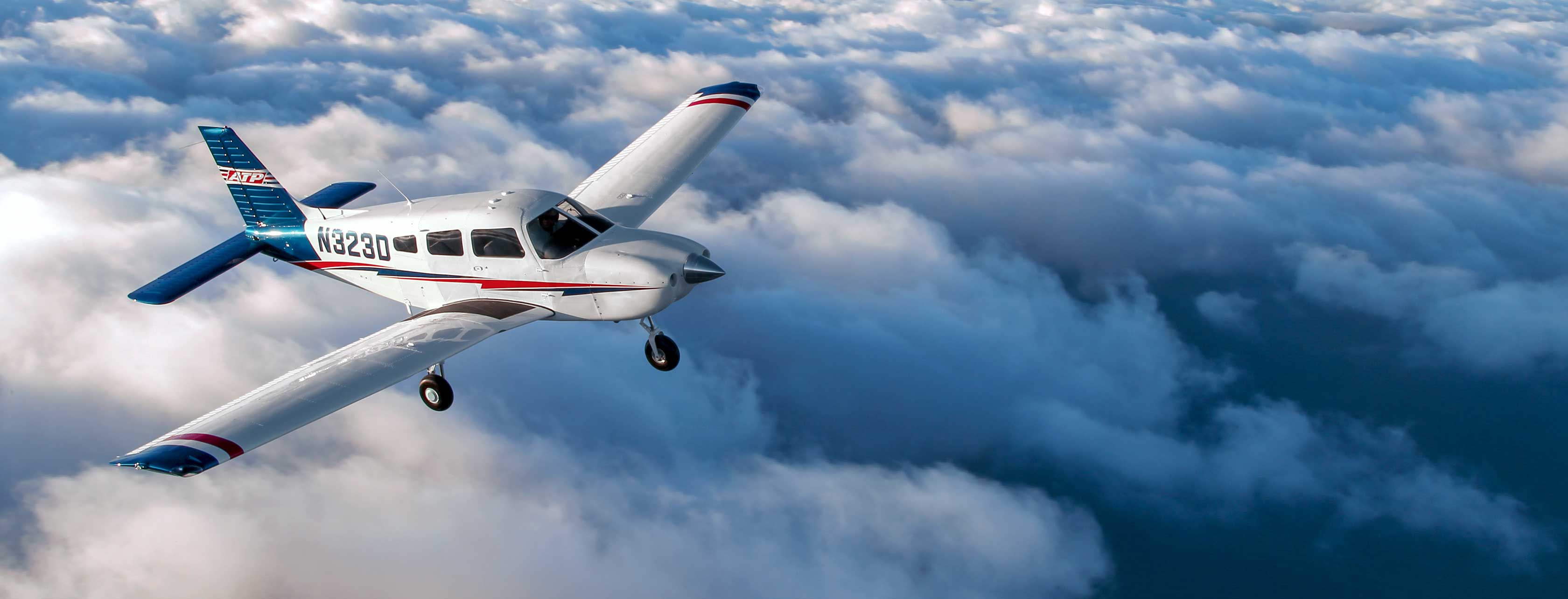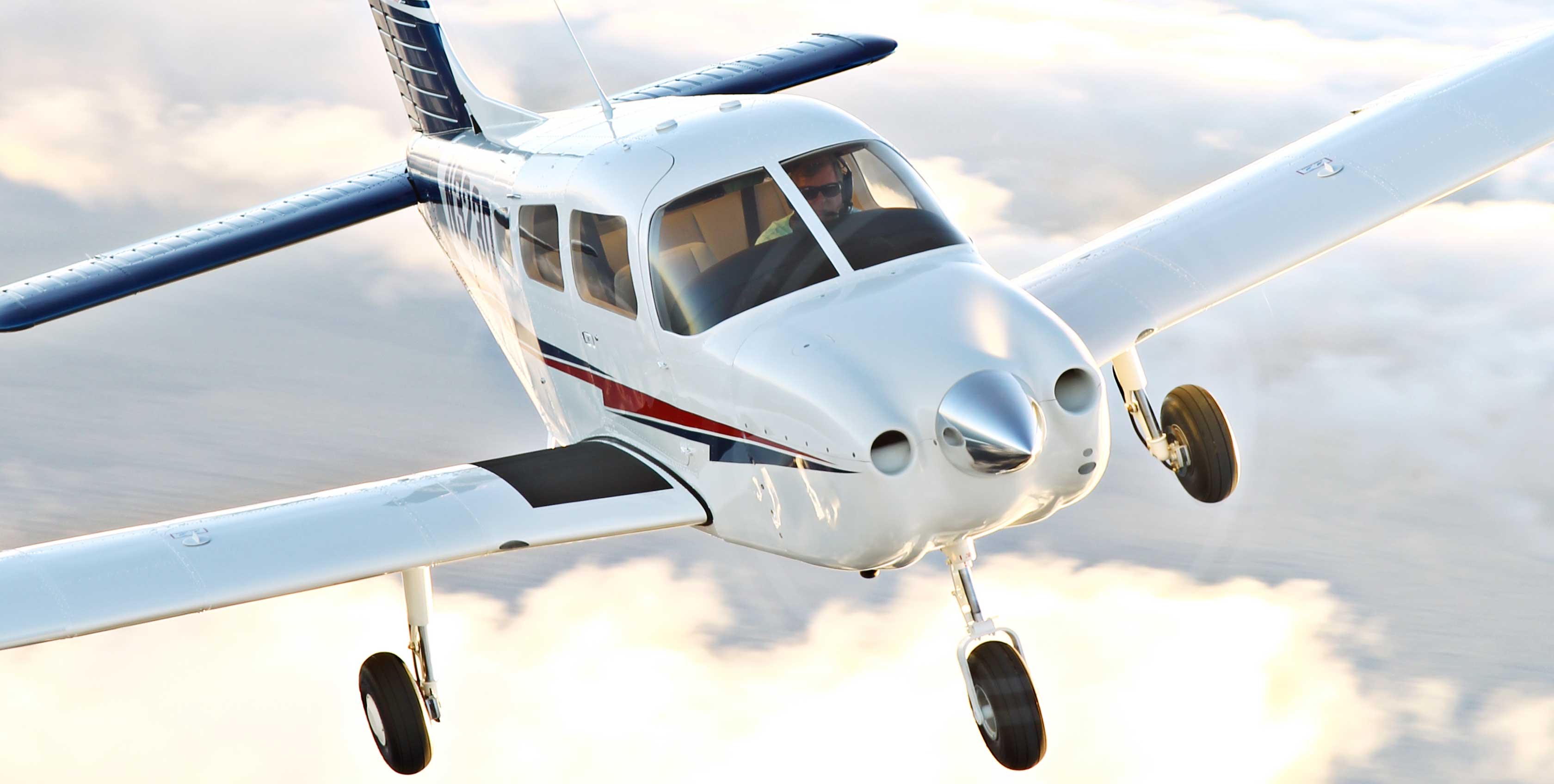Airline Transport Professionals Developing Competitive Airline Applicants
Although brisk hiring has returned to the regional-jet job market, this hiring remains highly selective and competitive. Hiring managers give preference to those applicants with the most competent training. Thus, it’s important to choose the school that’s going to offer you the best airline-readiness preparation. There’s no “best overall school,” but there are definitely some that will better suit your needs, aims and circumstances. One school that you should certainly investigate is Airline Transport Professionals (www.ATPFlightSchool.com).
The School
Airline Transport Professionals (ATP) was founded more than two decades ago by a small group of airline pilots who desired to provide airline-specific flight training based on their personal knowledge of the industry’s needs. Today, ATP conducts its training through facilities in 25 metropolitan areas across the country.
The school is highly regarded by regional-jet airline hiring managers. Several carriers accept ATP graduates with substantially fewer flight hours than is normally required of applicants. Virtually all ATP alumni successfully complete their employer airline’s initial training program.
ATP offers a variety of training programs designed to meet the needs of pilots with differing levels of flight experience. The heart of the school’s aim, however, lies in its 90-day Airline Career Pilot Program.
Airline Career Pilot Program
This program focuses on elements that leading jet carriers want in their applicants’ resumes: meaningful multi-engine experience, extensive crew resource management and simulator training, long-range and cross-country flying, a variety of flight environments and some jet experience.
As a new student (a private pilot certificate is required), you’re paired with another new arrival and assigned to an instructor to form a close-knit training team for the program’s term—putting CRM into play from the first hour. The three of you work as a team for eight to ten hours a day, seven days a week. Each hour sees you either at the controls, receiving ground instruction for exams or briefings or working the simulator. The program follows a five-stage sequence:
Stage 1 (9 days)
FTD and Piper Seminole training and testing adds the multi-engine rating to your private pilot certificate, allowing you to fly most subsequent ME hours as pilot in command.
Stage 2 (26 days)
Multi-engine instrument flying and testing adds the instrument rating to your private pilot certificate.
Stage 3 (30 days)
ATP’s concept of nationwide cross-country navigation is an important feature of this program. First, these flights are team efforts with your partner—the instructor stays home. Second, the flights are long—often three days long. Third, you coordinate flight planning for each leg through a dispatcher—as a professional airline pilot would.
You and your partner will alternate flying left seat, allowing each of you to log approximately 75 hours of PIC multi-engine, cross-country time. By the completion of your cross-country stage, you’ll have experienced more than 10,000 miles of IFR airway navigation and airspace systems coast to coast, along with the full theater of weather and terrain. CRM will have become a natural part of your life.
Following your Seminole cross-country work, you’ll fly a dual long-range trip in a Citation Jet, earning your high-altitude and high-performance endorsements. You’ll experience arrivals in a fast-moving, fast-descending airplane and start feeling at home with jet systems.
Stage 4 (10 days)
Your private pilot certificate is upgraded to a multi- and single-engine commercial pilot certificate.
Stage 5 (15 days)
The final stage of your Airline Career Pilot Program is devoted to your training and certification for multi- and single-engine instrument CFI. As a paid ATP CFI, you’ll instruct mainly in multi-engine planes for an average of 60 to 80 hours per month, teaching highly motivated students who share your goal to become an airline pilot. Typically, ATP instructors move on to the airlines after about six months of CFI service.
Not all students can commit to 90 days of full-time, uninterrupted training. Accordingly, ATP also offers this program as a 10-month, self-paced course— same instruction and aircraft, but designed to meet the needs of working professionals or full-time college students.
Airline Transition Program
Many excellent collegiate and non-collegiate flight-training curriculums leave their graduates with a bridge to cross from their training to airline readiness. “One huge problem these graduates often face,” notes Jim Koziarski, ATP’s V.P. of Operations, “is their lack of the sufficient multi-engine hours that airlines require. They may have only 25 hours or so, and with this low twin experience, they can neither rent nor instruct in multi-engine planes to grow their qualifications.”
In addition to 100 hours of multi-engine PIC, ATP provides 50 hours of glass cockpit operation, regional jet standards certification on the CRJ200 FTD, flight management systems, Airline Transport Pilot exam and interview preparation. With their successful completion of the program, graduates become eligible for the reduced flight-time requirements that selected regional-jet carriers extend to the school’s recommended airline applicants.
Prerequisites for enrollment into this program include 350 total flight hours; commercial certificate with SE, ME and Instrument ratings; and an associates or higher degree.
Private Pilot Program
A private pilot certificate is a prerequisite for ATP’s Airline Career Pilot Program. Those without this certificate may want to consider taking ATP’s private pilot course. The training far exceeds typical private pilot programs and is designed to carry forward into advanced pilot training. This program is available only to those who intend to move directly into the school’s Airline Career Pilot Program.
Those in the process of evaluating programs and choosing their flight school may find Airline Pilot Career Guide helpful. Here you’ll find the minimum qualifications that various airlines require, the competitive qualifications of recent hires and just what qualifications different airlines prefer.



